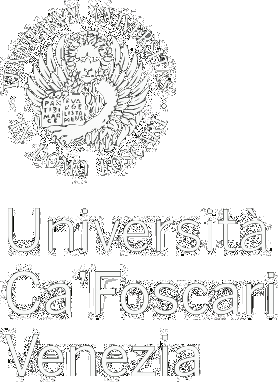Journal | Annali di Ca’ Foscari. Serie orientale
Journal issue | 54 | 2018
Research Article | A New Interpretation of the Edicts of Aśoka from Kandahar
A New Interpretation of the Edicts of Aśoka from Kandahar
Abstract
From Alexandria of Arachosia, present-day Kandahar, we have two edicts in Greek, issued by the sovereign Maurya Aśoka (c. 270-230 BC). Arachosia, the ancient Eastern satrapy of the Achaemenid Empire – corresponding to present-day southeastern Afghanistan – had long seen the meeting of the Iranian world to the west and the Indian world to the east. As from the end of the fourth century BC, after the conquest by Alexander the Great and the occupation of the eastern dominions of the Empire by Seleucus Nicator, it was to see a conspicuous Greek presence, strikingly attested by the epigraphs of Aśoka. The first edict – discovered in 1957 – is in two languages, Greek and Aramaic, while the second – discovered in 1963 – is in Greek alone. On the basis of texts from the court of Maurya of Pāṭaliputra, both of them constitute summaries of and propaganda for the conversion and moral principles inspiring Aśoka, subsequent to his bloody conquest of Kaliṅga. Our aim here is to take stock of certain issues, proposing a new completion for the opening lacuna in the Greek section of the bilingual epigraph, and casting doubt anew on the originality of the Greek texts, considering the attribution of the region to Indian, rather than Seleucid rule after the pact between Seleucus Nicator and Candragupta Maurya, Aśoka’s grandfather (c. 305 BC).
Submitted: Jan. 16, 2018 | Accepted: Feb. 22, 2018 | Published June 25, 2018 | Language: en
Keywords Arachosia • Aśoka • Kandahar • Greek-Aramaic edict
Copyright © 2018 Francesco Maniscalco. This is an open-access work distributed under the terms of the Creative Commons Attribution License (CC BY). The use, distribution or reproduction is permitted, provided that the original author(s) and the copyright owner(s) are credited and that the original publication is cited, in accordance with accepted academic practice. The license allows for commercial use. No use, distribution or reproduction is permitted which does not comply with these terms.
Permalink http://doi.org/10.30687/AnnOr/2385-3042/2018/01/011





